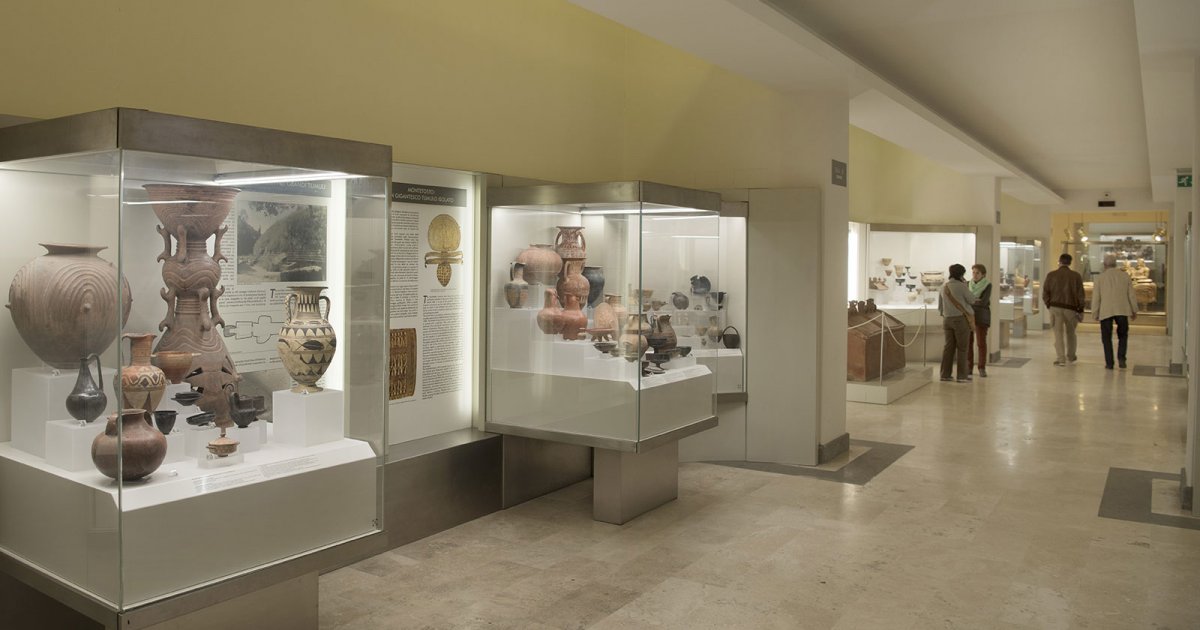VILLA GIULIA, Museum
 Language: English / USA
Language: English / USA
Now that I've told you about the building, let me tell you more about what's inside it: the museum. It was established at the end of the 19th century and is dedicated to the other Italic civilizations that lived around the time of the Romans, especially the fascinating Etruscans. The museum is constantly expanding thanks to new Etruscan finds, but also thanks to the recovery of archaeological materials that had been exported illegally or stolen.
As you know, the Etruscans gave rise to the most important civilization of the Peninsula before the Romans. They arrived from south-eastern Europe around the year 900 BC and spread throughout central Italy. The main centers they inhabited, which are where most of the pieces you'll see in the museum come from, were in Tuscany and Lazio, including Arezzo, Volterra, Chiusi, Cerveteri, and Tarquinia, each with its own powers, features, and customs.
Almost everything that we know about Etruscan civilization, its artwork, inscriptions, and building structures is related to the finds from funerary structures of the Etruscan world: their necropolises and ancient cemeteries. The Etruscans gave great importance to rituals and tombs, where the treasures of families were also laid. Keep in mind that it was typical of the Etruscans to include realistic portraits on urns and sarcophagi: this taste for a loyal reproduction of features and expressions remained intact in Roman art. But for those interested in this civilization, the Etruscan necropolis provides a wealth of knowledge about the everyday life of the time, as it usually included refined bronze items for home use, furniture, chairs, braziers, mirrors, and other personal belongings. For example, you'll see oval-shaped containers in the museum that were used to hold garments, jewelry, or accessories, which are decorated with engravings and have four feet and lids with small figures that serve as handles.
In addition to developing original forms of art and decoration, the Etruscans were also very open to other major Mediterranean cultures: as you will see here at the museum, very important Greek pottery has been found in their tombs, including some painted pottery masterpieces, as well as Egyptian, Carthaginian, and Middle Eastern items.
FUN FACT: many of the foods we eat were invented by the Etruscans. For example, they prepared a dough that was enriched with various elements and baked in the oven that we could consider the ancestor of pizza. They also salted and dried pork thighs, obtaining something very similar to Italian prosciutto!



